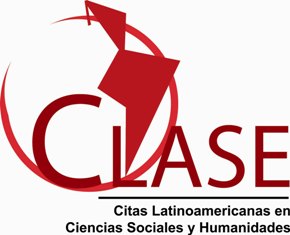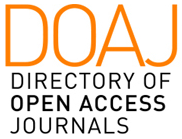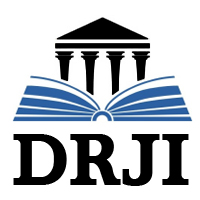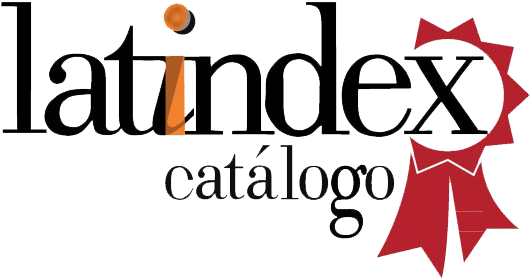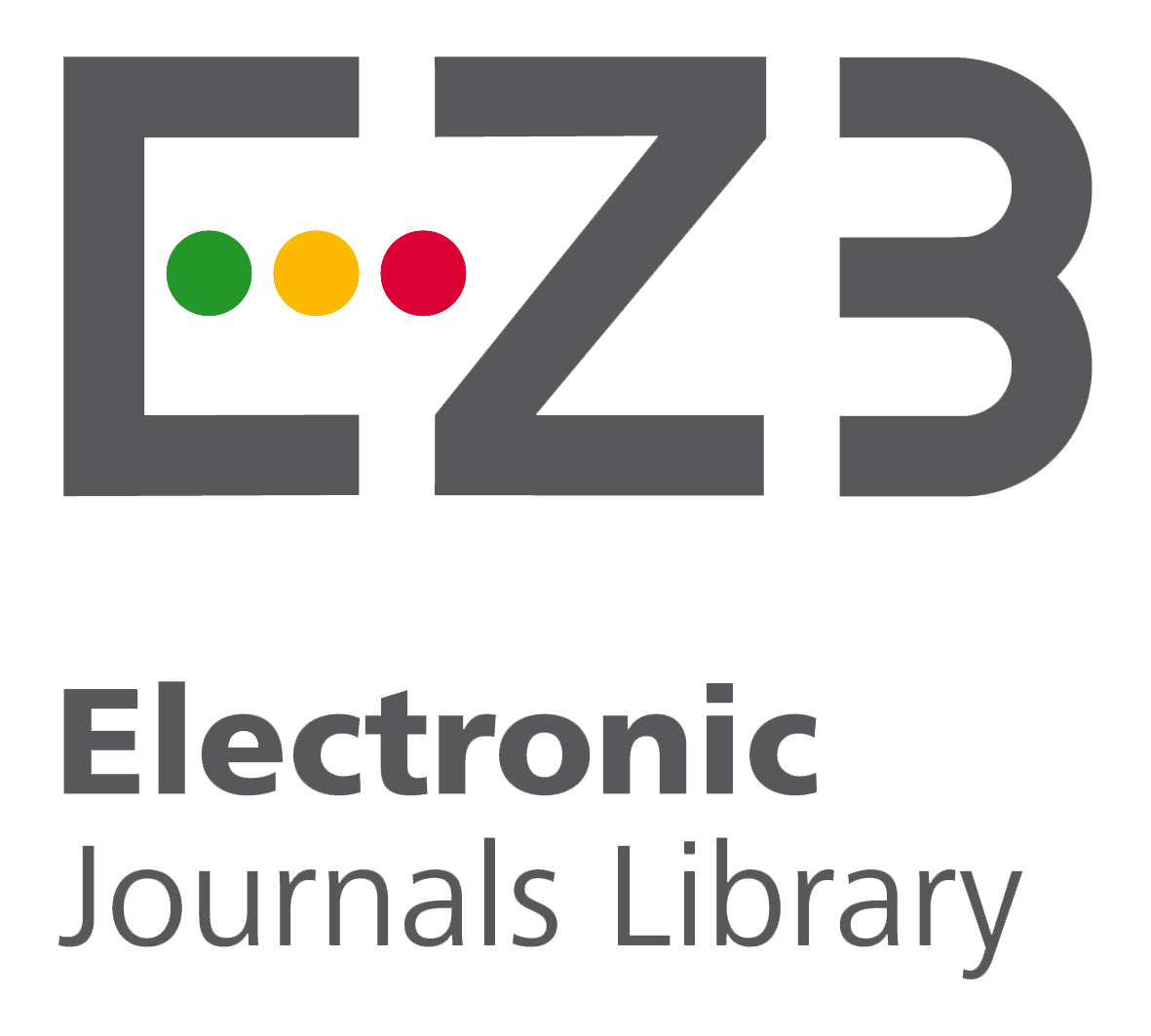Evaluation of occupational risks and their impact on the operational efficiency of ECU 911 Portoviejo (Original)
Keywords:
welfare; risk prevention; occupational safety; operational efficiencyAbstract
The main objective of this research was to evaluate occupational risks and their impact on operational efficiency at ECU 911 Portoviejo, Ecuador. The importance of this study was to improve working conditions so that operators can offer a quick and efficient response to emergencies, guaranteeing safe and healthy working environments. A methodology with a quantitative approach was used; it was considered descriptive and worked on a conceptual basis. Its purpose was applied; it was provided a clear and precise profile of the object of study. The Historical-logical method allowed understanding the evolution and relevance of occupational risk management and its impact on operational efficiency; the Analysis-synthesis method was used to learn about occupational, physical and psychological risks; and surveys contributed to data collection. The Mathematical statistical method was used to quantify the data using statistical techniques and to evaluate the frequency, intensity and variability of the risks. The results showed that risks not only affect the health and safety of workers, but also have a direct impact on the institution's ability to respond efficiently to emergencies and coordinate actions. It is concluded that the identification, evaluation and control of occupational risks are not only fundamental to protect the health and safety of workers, but they have a direct impact on the efficiency and effectiveness of safety operations as well.
Downloads
References
Barreto, J. I., & Lezcano, A. (2023). Análisis y fundamentación de los diseños de investigación: explorando los enfoques cuantitativos, cualitativos y mixtos basados en Creswell & Creswell (2018). Revista Unida Científica, 7(2), 110–117. https://revistacientifica.unida.edu.py/publicaciones/index.php/cientifica/article/view/179h
Caicedo, Z. (2021). Análisis de riesgos laborales que permitan la mitigación de accidentes en una Unidad Educativa. Universidad de Guayaquil.
Castillo, M. R. (2021). Técnicas e instrumentos para recoger datos del hecho social educativo. Revista Científica Retos de la Ciencia, 5(10), 50–61. https://doi.org/10.53877/rc.5.10.20210101.05
Hernández, R. (2011). Metodología financiera de gestión y cuantificación de riesgos de las entidades aseguradores. Pecunia: revista de la Facultad de Ciencias Económicas y Empresariales, (1), 81-107. http://repositorio.uasb.edu.bo/handle/20.500.14624/1292
Hernández, R., & Mendoza, C. P. (2018). Metodología de la investigación: las rutas cuantitativa, cualitativa y mixta. McGraw-Hill. http://repositorio.uasb.edu.bo:8080/handle/54000/1292
Marhavilas, P., Koulouriotis, D., Nikolaou, I., & Tsotoulidou, S. (2018). International Occupational Health and Safety Management-Systems Standards as a Frame for the Sustainability: Mapping the Territory. Sustainability, 10(10), 36-63. https://doi.org/10.3390/su10103663
Martínez, J. (2022). Análisis y evaluación de los factores de riesgos laborales en el área operativa de la empresa Construrom S.A. con propuesta de mejora [Tesis doctoral, Universidad Guayaquil]. Repositorio Universidad de Guayaquil. http://repositorio.ug.edu.ec/handle/redug/64246
Organización Internacional del Trabajo. (2021). OMS/OIT: Casi 2 millones de personas mueren cada año por causas relacionadas con el trabajo. https://www.ilo.org/es/resource/news/omsoit-casi-2-millones-de-personas-mueren-cada-ano-por-causas-relacionadas
Organización Panamericana de la Salud. (2022). Panorama Nacional de Salud. https://www.salud.gob.ec/wp-content/uploads/2022/05/Panorama-Nacional-de-Salud-de-los-Trabajadores-Encuesta-de-Condiciones-de-Trabajo-y-Salud-2021-2022.pdf
Ortega, D. G. V., Bolaños, N. F. G., Martínez, J. X. C., & Mora, J. M. B. (2023). La seguridad y salud en el trabajo en el sector de la construcción: Una revisión de literatura. Aglala, 14(2), 1-25. https://revistas.uninunez.edu.co/index.php/aglala/article/view/2299
Real, G. L., Hassan, N., Regueira, M. D., & Hidalgo, A. A. (2018). Valoración de los regímenes de trabajo y descanso. Caso de estudio: Varadero (Cuba). Turismo y Sociedad, 24, 149-160. https://doi.org/10.18601/01207555.n24.07
Saltos, E. (2022). Identificación y análisis de los riesgos laborales en la empresa CODGRAF S.A [Tesis doctoral, Universidad Guayaquil]. Repositorio Universidad de Guayaquil. https://repositorio.ug.edu.ec/handle/redug/60722
Valarezo, A. (2017). Evaluación de la eficiencia operativa en Aredan S.A. a través del control interno, año 2015 [Tesis de grado, Universidad Estatal de Milagro]. Repositorio Universidad Estatal de Milagro.
Vizcaíno, P. I., Cedeño, R. J., & Maldonado, I. A. (2023). Metodología de la investigación científica: guía práctica. Ciencia Latina Revista Científica Multidisciplinar, 7(4), 9723-9762. https://doi.org/10.37811/cl_rcm.v7i4.7658
Published
Issue
Section
License
Copyright (c) 2025 Roca. Scientific-educational publication of Granma province.

This work is licensed under a Creative Commons Attribution-NonCommercial-ShareAlike 4.0 International License.















